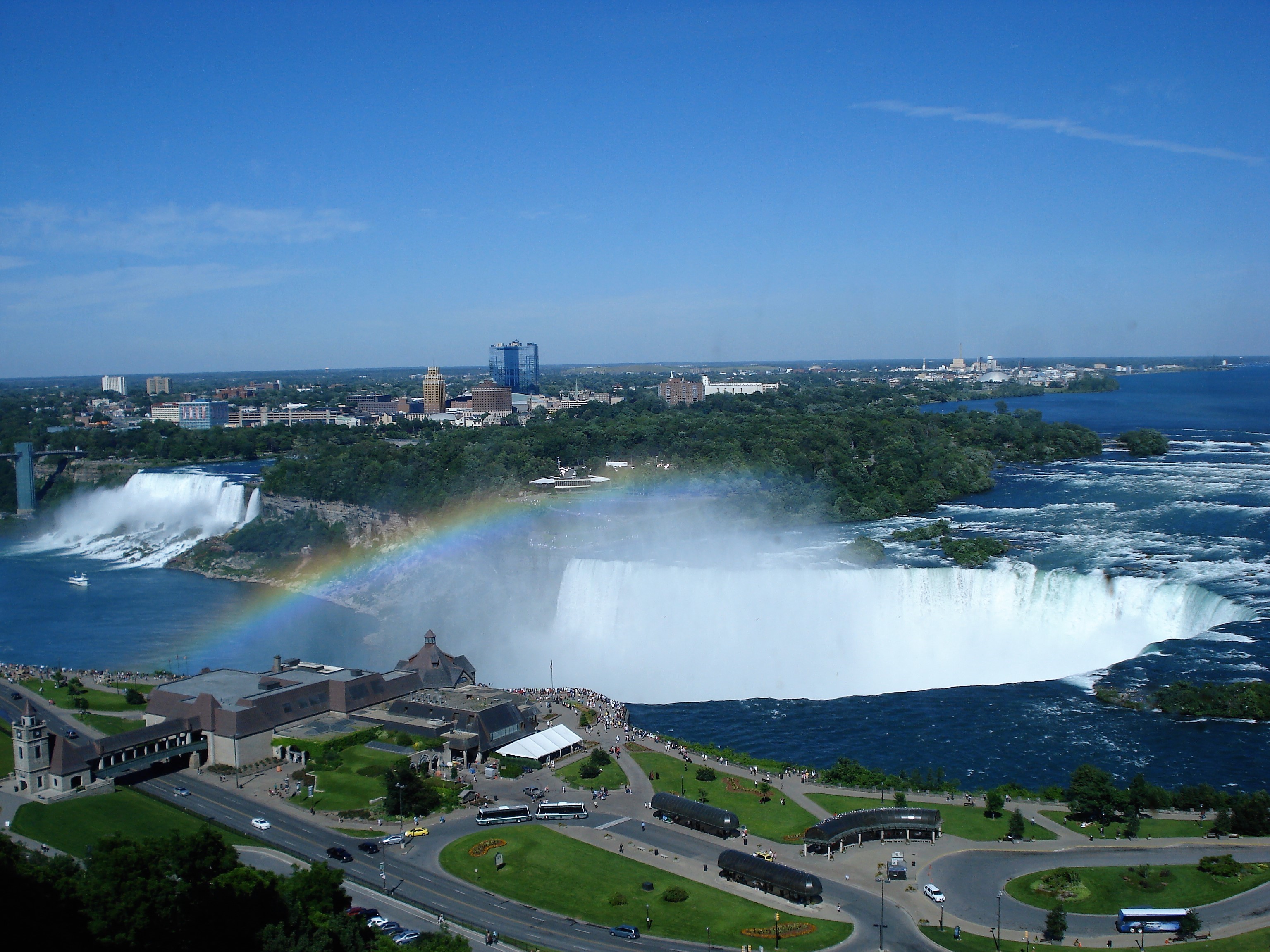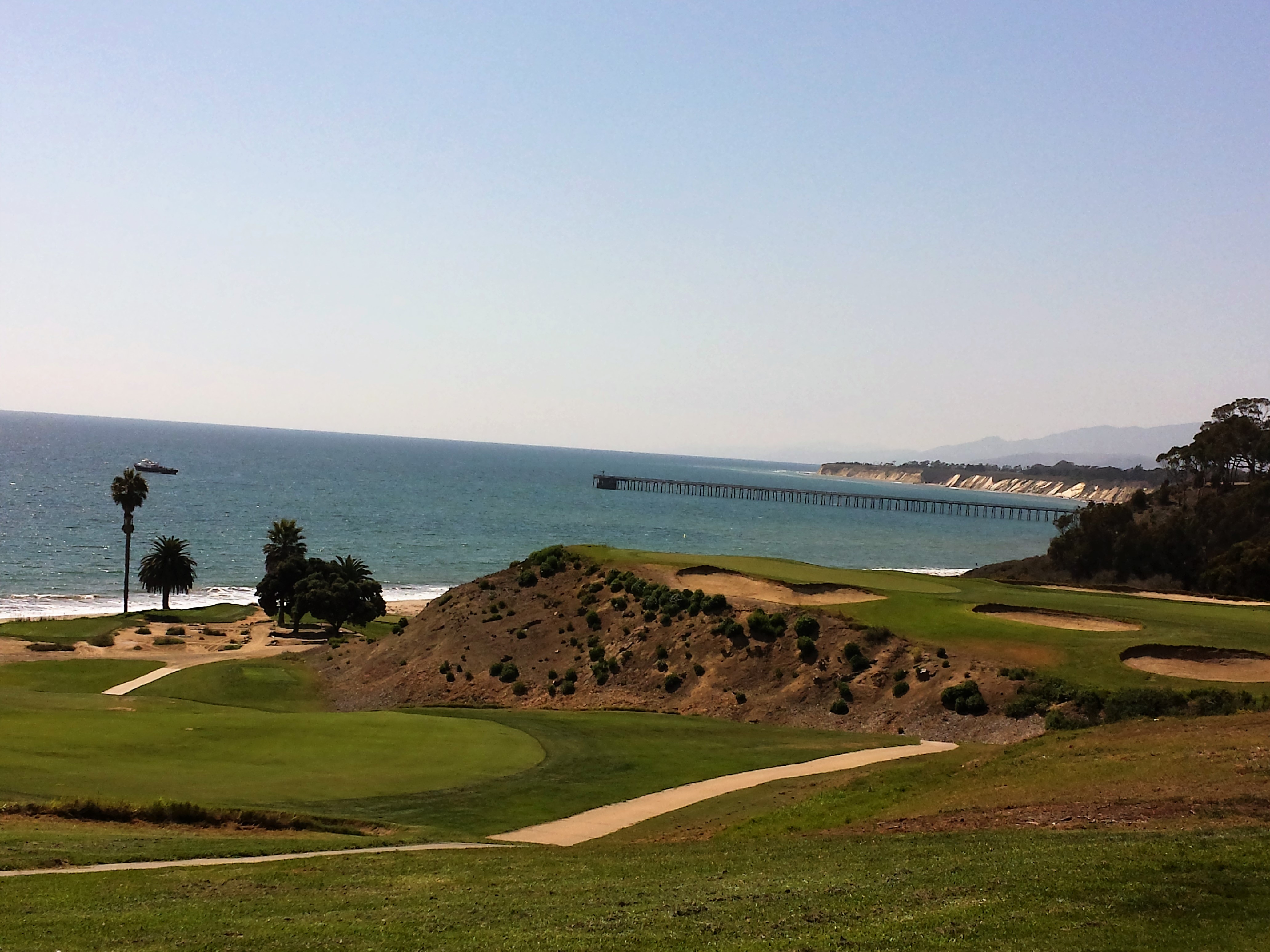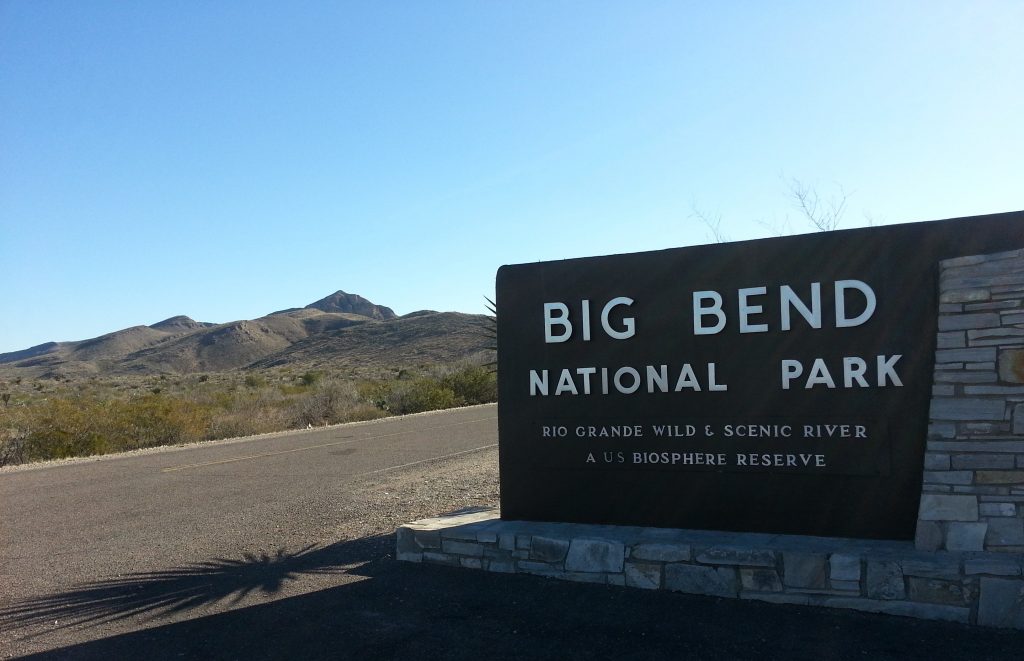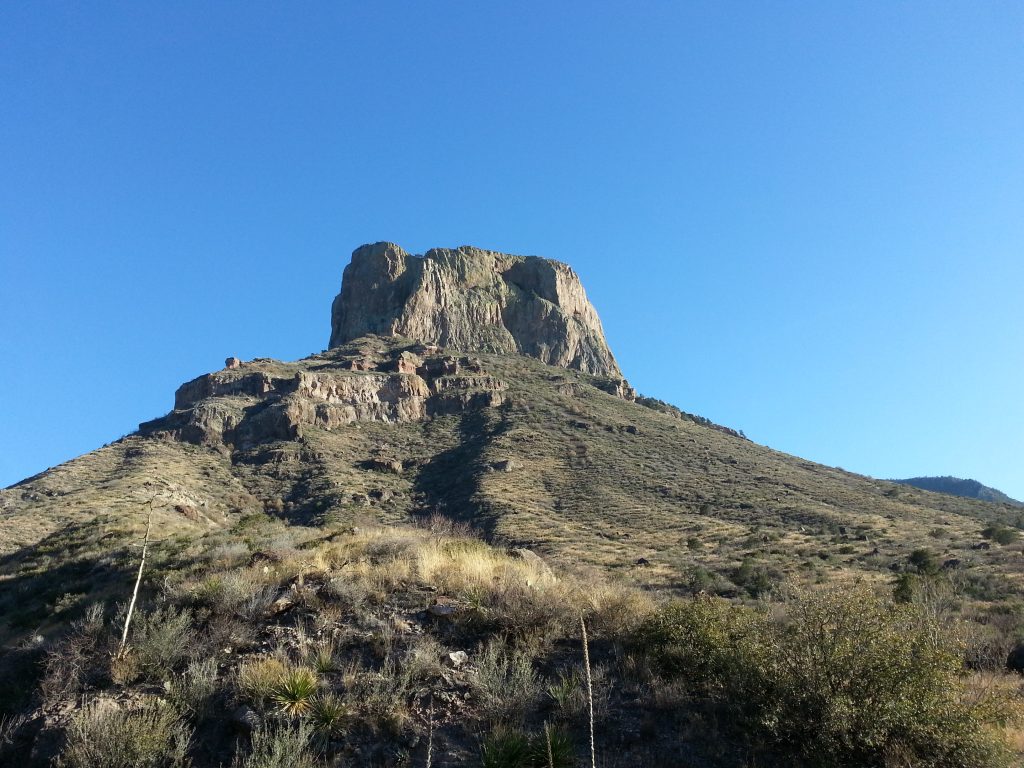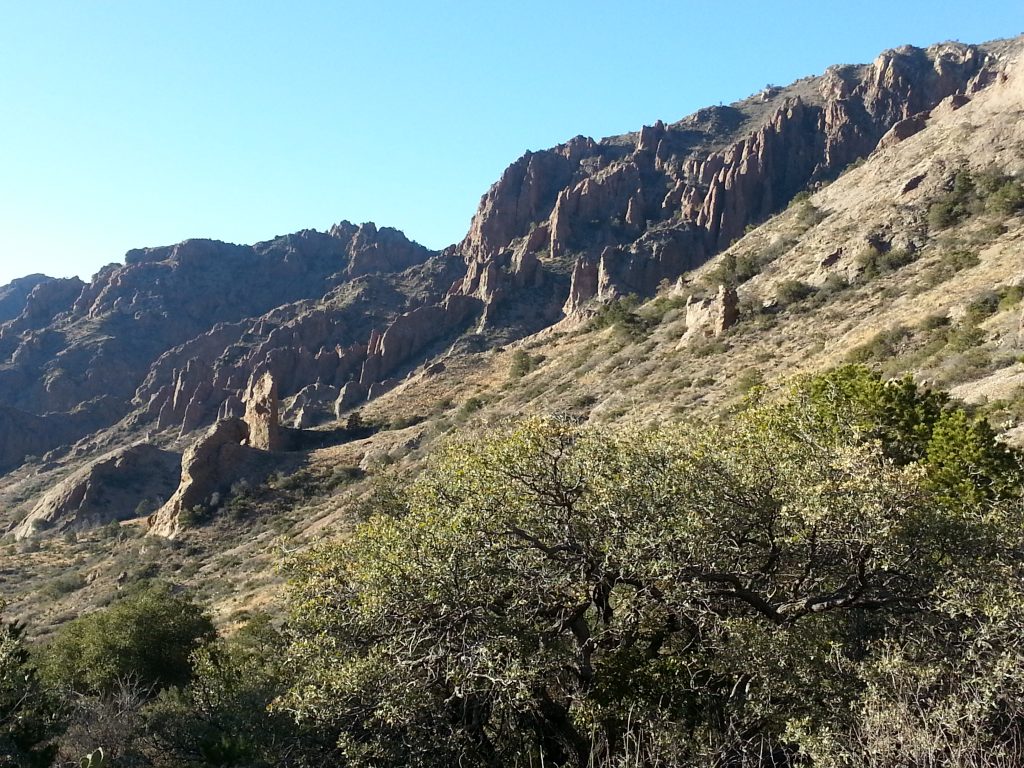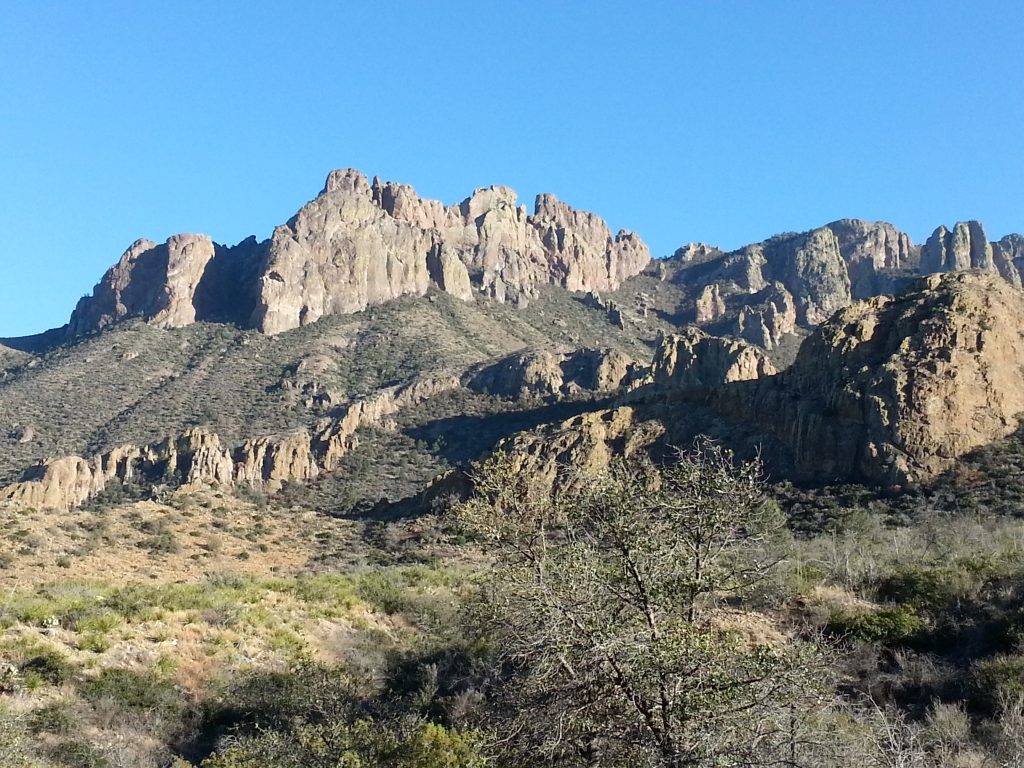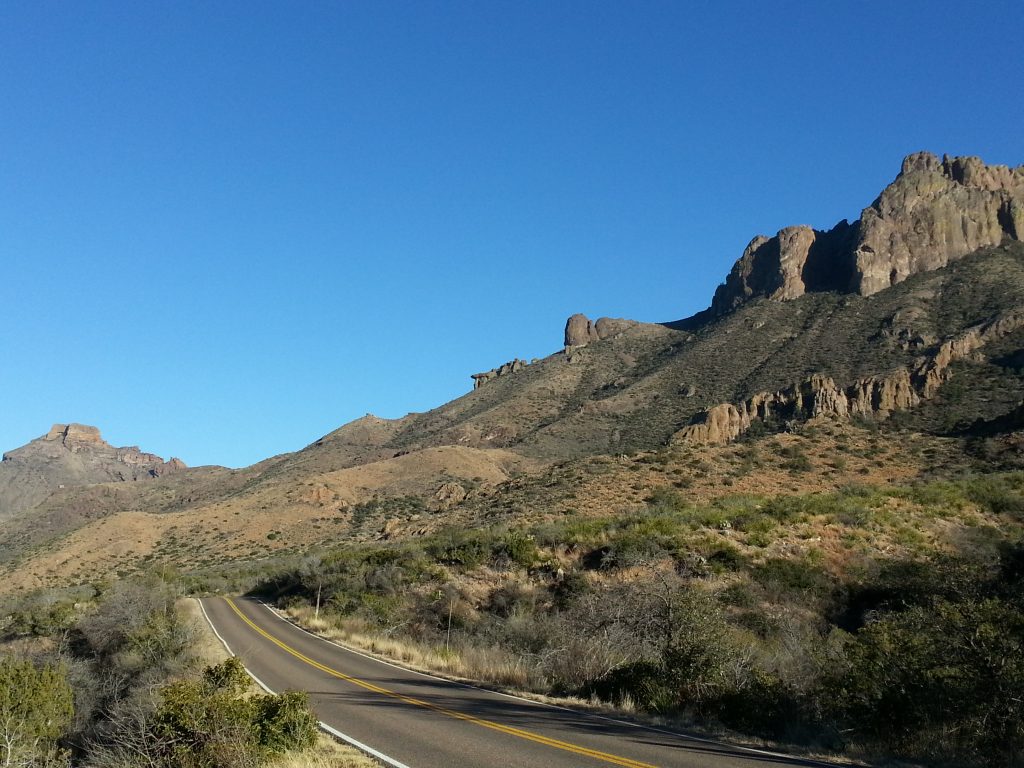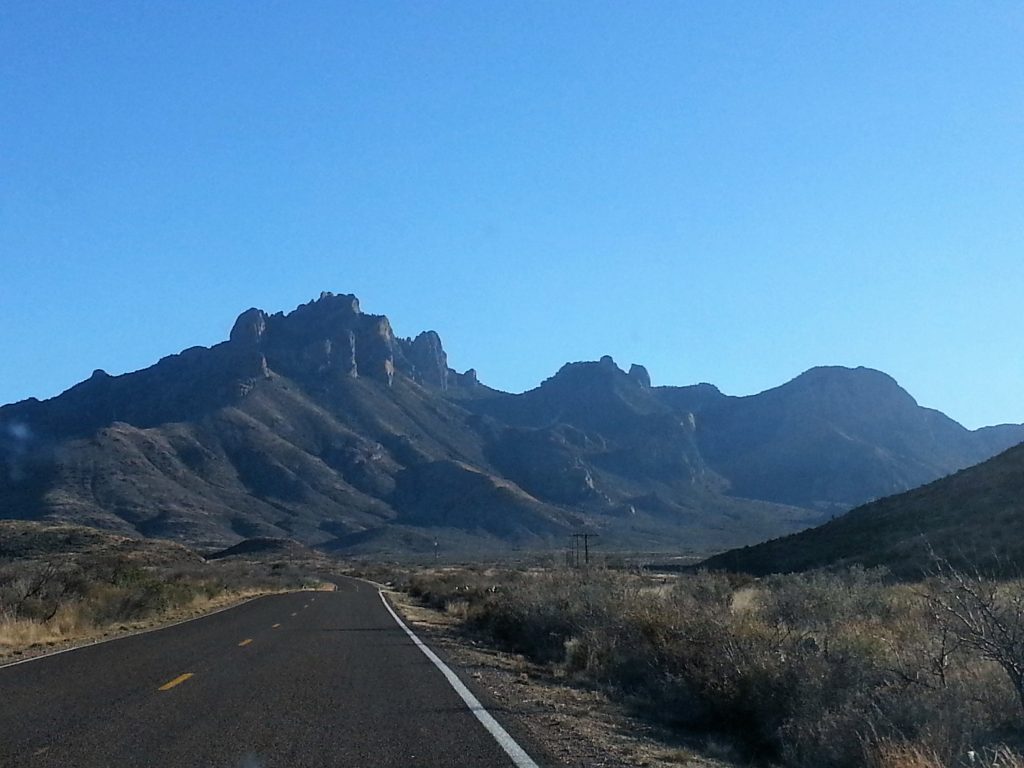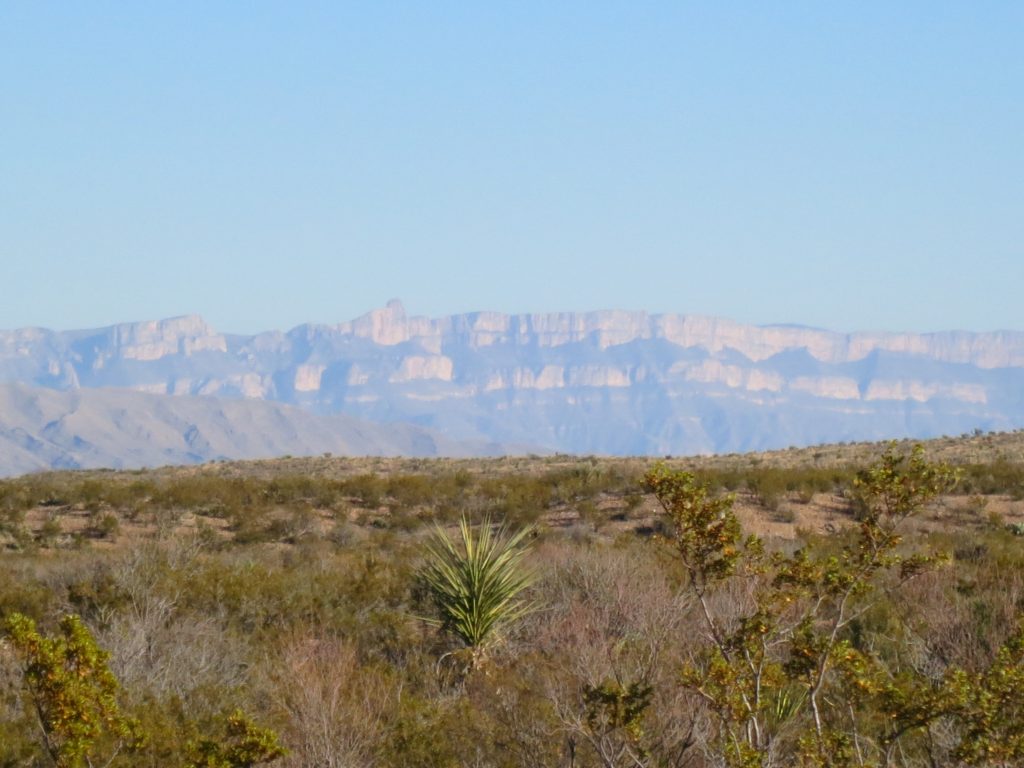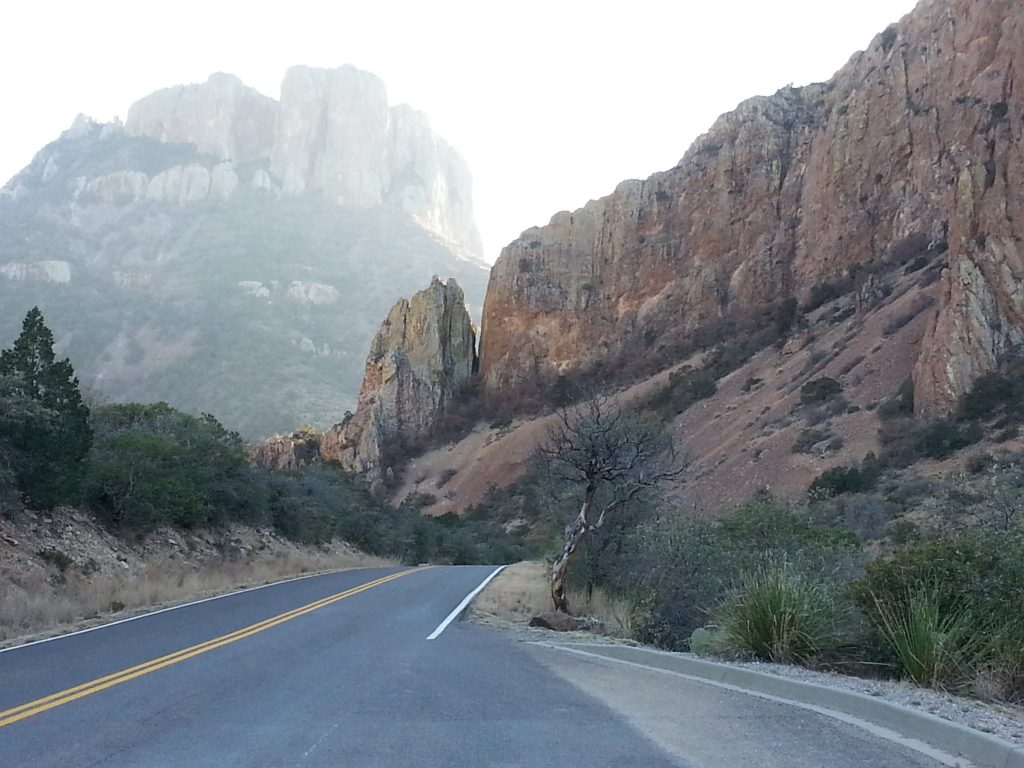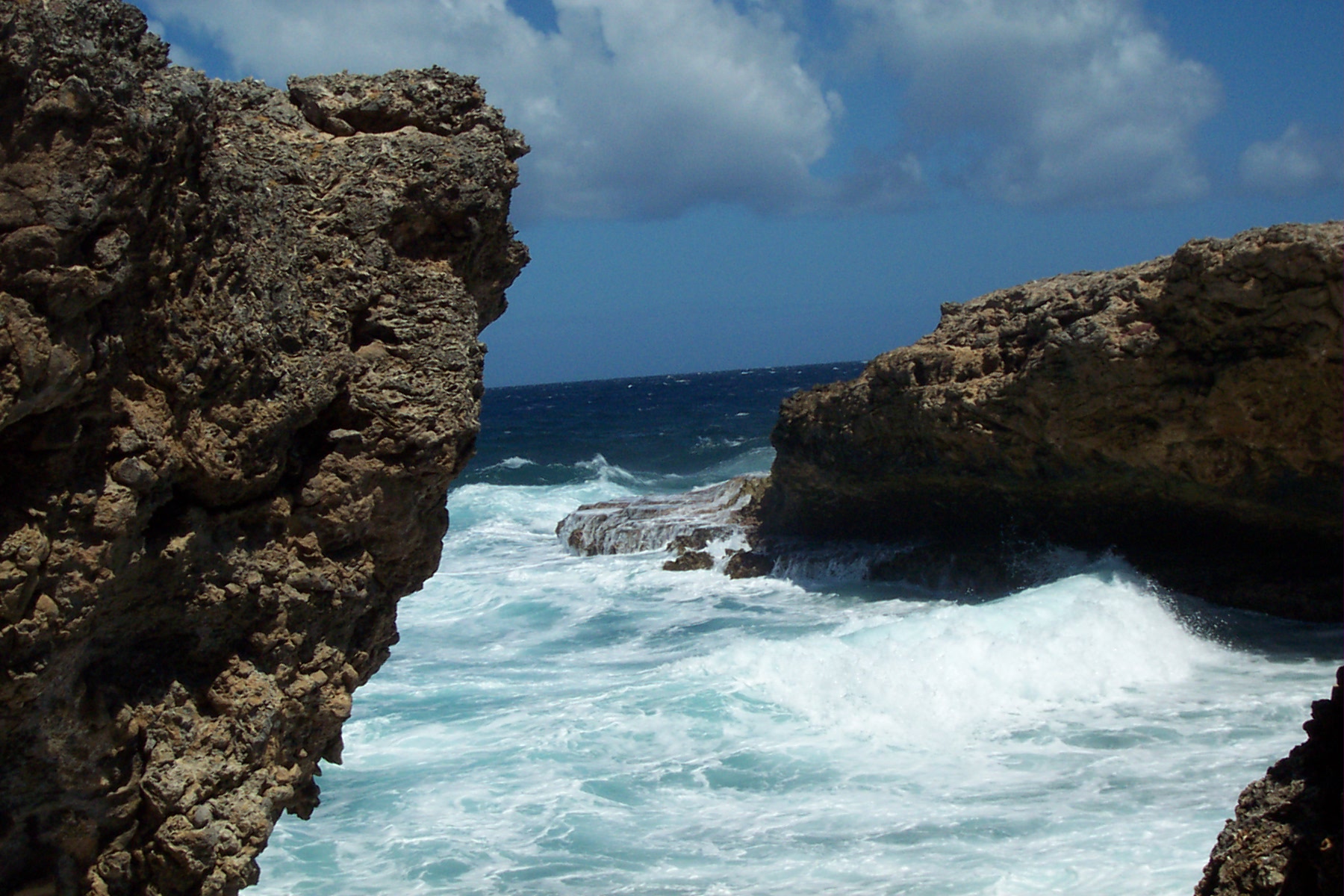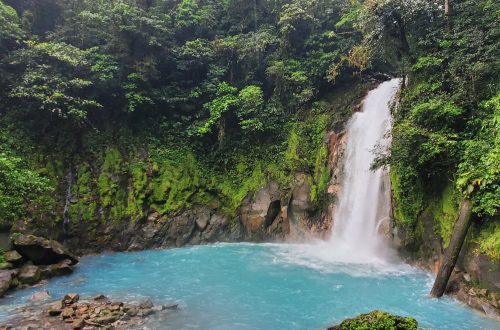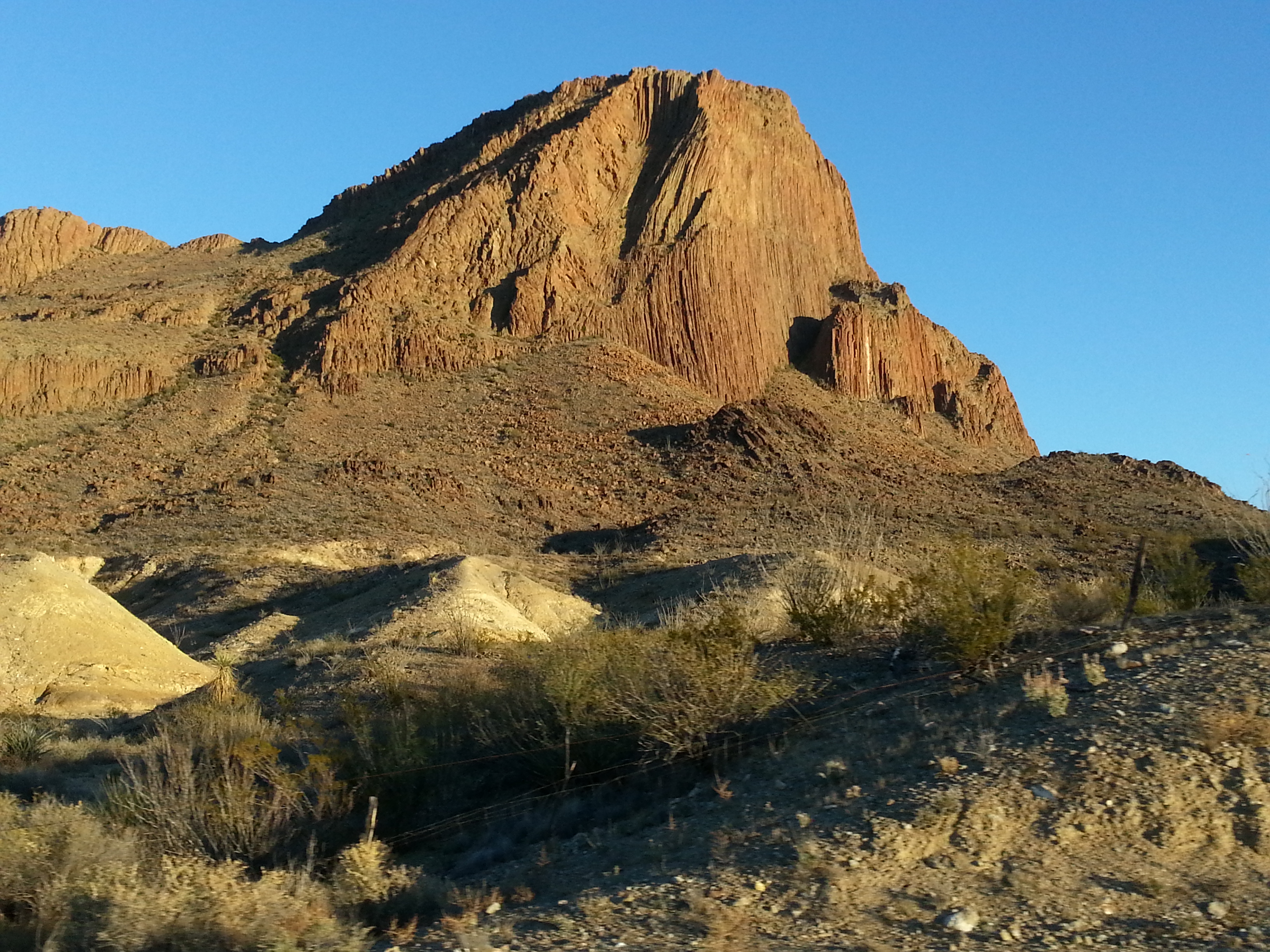
Big Bend National Park- Big Bend, TX
For all of you National Park junkies that love the isolation and solitude of the desert, head to Big Bend. It is by far one of the least visited National Parks in the United States, so chances are you will practically have the place to yourself. Although some might consider it desolate, the park is far from a barren wasteland; it is home to stunning geology, the Rio Grande, diverse wildlife, and some of the darkest skies in the world.
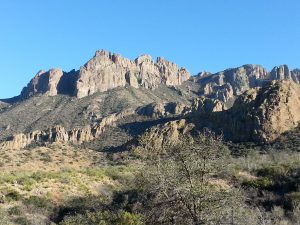
Big Bend is not the easiest place to get to, which probably accounts for the low visitation numbers. Only 300,000 people a year visit this park, which is probably the daily summer attendance at Yellowstone or Yosemite. That might be a slight exaggeration, but it can certainly feel that way on popular trails. However, for the intrepid few that make the trek to Big Bend, you will be rewarded with wide open spaces, and stunning silence.
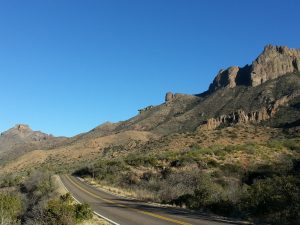
Located in Southwest Texas, the park is about a 5 hour drive from El Paso; Odessa, the closest airport, is about 3 hours away. It is even a few hours south of Interstate 10, the southernmost interstate highway. Any further south in fact, you would be in Mexico. Well, given that 118 miles of the Rio Grande flow through the park, you are practically in Mexico.
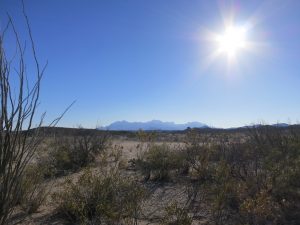
Like Marfa, it is a destination you have to actively choose to visit; it isn’t likely it will be on the way to anything else. Unless you are in fact headed to Marfa or Alpine, then it’s just a relatively quick detour off the main road. Once you arrive, you could easily spend several days exploring the park; at over 800,000 acres, there is a lot to see and do. There are mountains to climb, trails to hike, and canyons to paddle. An absolute outdoor dream. If you have less time, there is a scenic drive that cuts across the park, which is better than nothing.
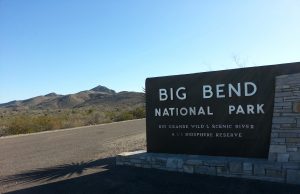
If you are not going to stay in the park, plan to stay at least one night either in Alpine or Marathon. You will need at least half a day to even drive through a portion the park. It takes a solid 2.5 hours to drive down to the Rio Grande from the Persimmon Gap Visitor Center, without making any stops. The Holland Hotel in Alpine is about an hour drive from the park entrance, while the gorgeous Troust designed Gage Hotel in Marathon is a bit closer. Both are fabulous historic hotels, as is the Hotel Paisano if you are visiting Marfa.
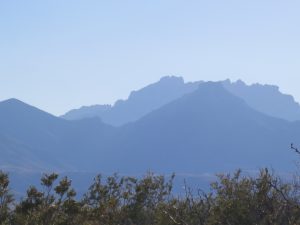
Breathtakingly beautiful, the rock formations at Big Bend are a fascinating mix of geologic processes. 300 million years ago, a deep ocean trough cut through the area, capturing eroded upland sediments. These sediments were compressed over time, forming today’s sandstone and shale features. During the Cretaceous Period, about 135 million years ago, a warm, shallow sea covered the land, resulting in the deposition of marine sediments. These sediments make up the park’s limestone formations.
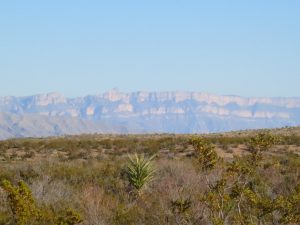
These sedimentary formations stand in stark contrast to the much younger volcanic and plutonic rocks that form the Chisos Mountains. Created by igneous extrusions and emplacements 23-33 million years ago, these jagged rocks soar above their sedimentary siblings.
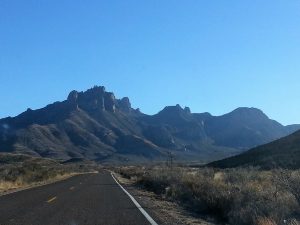
About 45 minutes south of the Persimmon Gap Visitors Center is Basin Junction Road; built by the Civilian Conservation Corp in the early 1930s, it is a scenic 7 mile drive that leads up into the Chisos Mountains. With breathtaking vistas at every turn, it is worth the detour for those just driving the park loop.
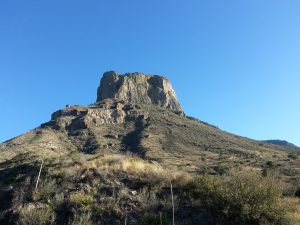
Being so remote does have its benefits; in addition to keeping crowds at bay, Big Bend is one of only 10 Dark Sky designated parks in the world. In fact, the park has the darkest measured sky in the lower 48, so if you are into stargazing, make a beeline to Big Bend. The lack of development also means the park has a diverse wildlife population, most of which you will never see. They are sneaky desert dwellers after all, but if you are out watching stars, you may catch a glimpse of a cougar or coyote. Otherwise, birds are your best bet, as Big Bend is located on many migration routes, and over 450 species of birds have been recorded at the park.
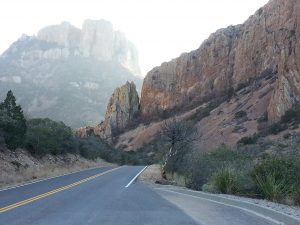
While some may find the park a bit lonesome, it is perfect for those who appreciate quiet beauty and desert landscapes. Some portions of the park are absolutely silent, which is a rare thing these days. Ideally, you will need a few days to get to more remote areas of the park, but even the scenic drive is time well spent.
